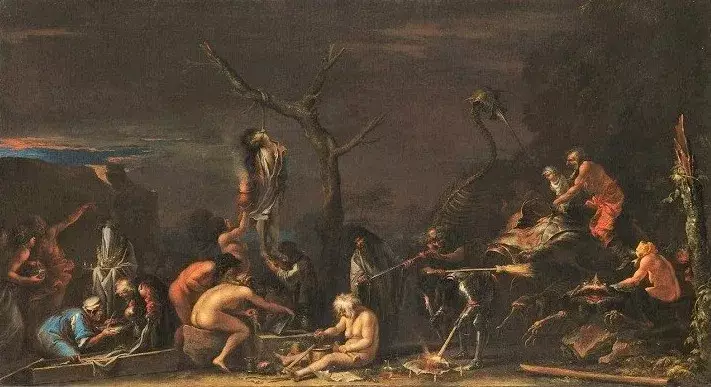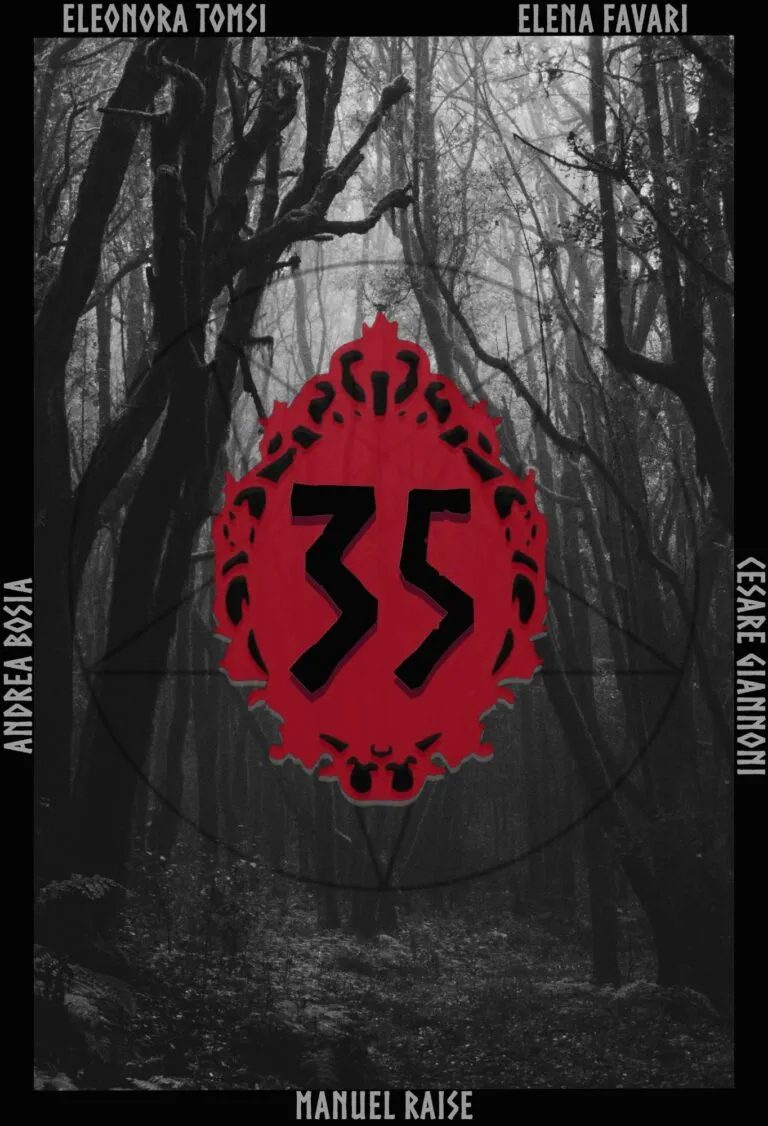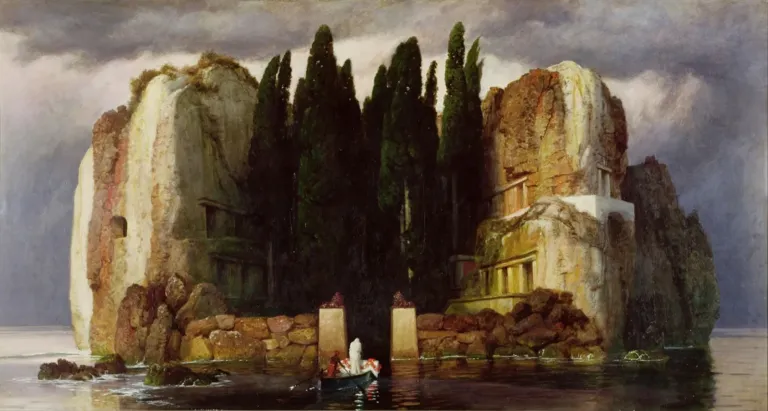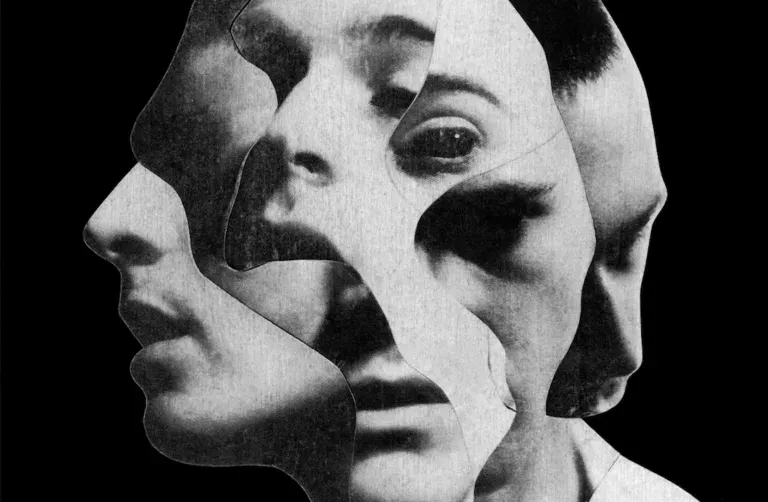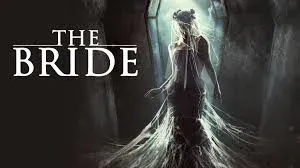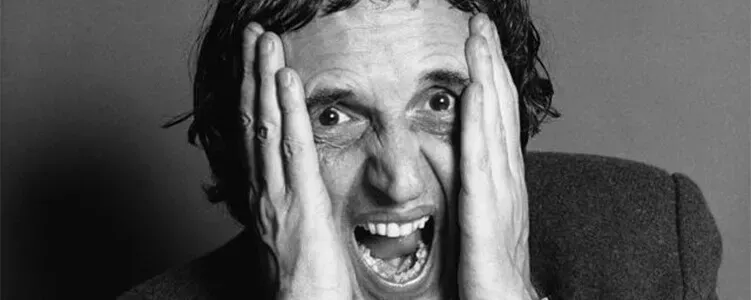Witches and Spells
“Witches and Spells” by Salvator Rosa (1646)
A Journey into the Mystical World of the Baroque
Salvator Rosa, an Italian painter and poet of the 17th century, is known for his works filled with drama and mystery. Among his most iconic creations stands “Witches and Spells,” a painting that evokes the dark and mysterious charm of the Baroque period.
The Baroque Context and the Mystery of Witches
Created in the 17th century, during the Baroque era, “Witches and Spells” reflects the era’s interest in mystery, the occult, and the supernatural. Baroque painting often embraced the theatrical and the fantastical, exploring themes such as magic, witches, and the interaction between the real and the supernatural worlds.
Composition and Atmosphere
Salvator Rosa’s “Witches and Spells” stands out for its dynamic and evocative composition. The painting captures a nighttime scene illuminated by a full moon that casts a mysterious atmosphere over the scene. The witches, the protagonists of the work, dance around a boiling cauldron, creating a circle of mystical energy.
Expression of Mysticism and the Occult
Rosa skillfully uses light and shadow to emphasize the dark and enigmatic side of the painting. The figures of the witches are portrayed with theatrical and contorted gestures, conveying a sense of ritual and magical power. This painting offers a fascinating glimpse into the world of mysticism, so dear to the Baroque period.
Interpretations and Influence
The painting has sparked numerous interpretations over the centuries. Some critics suggest that the painting may represent a critique of the superstitions of the time, while others see it as a celebration of the occult. Rosa’s technical mastery and his ability to evoke emotions have influenced subsequent artists, contributing to shaping the artistic landscape of the Baroque.
In Conclusion
“Witches and Spells” by Salvator Rosa is an extraordinary example of how Baroque art can capture the imagination through its theatrical approach, mysticism, and masterful use of light and shadow.

